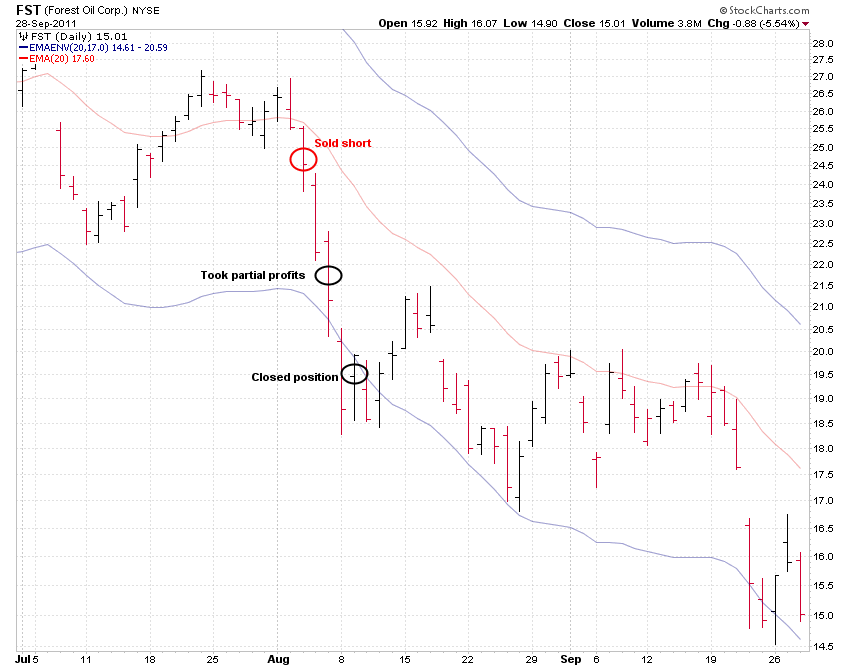 Author: Bill Deshurko, 401 Advisor
Author: Bill Deshurko, 401 Advisor
Covestor model: Dividend and Income Plus
I believe investment accounts should be designed by strategy. I don’t believe in the “diversified holdings” approach to investing whereby holdings within an account are mixed with different strategies – that is, a stock or two from Jim Cramer, a couple smallcaps, a value play low P/E stock or two, etc. Here’s why.
Defining a clear and unified strategy is absolutely necessary for effective investing. When you do so, the strategy dictates when and what to buy and sell. It eliminates being frozen by market gyrations, like the 3-4% up or down days that have characterized the recent market.
Within a given strategy, it is imperative to diversify holdings. No one person or strategy is only going to pick winners. Holdings therefore need to be diversified enough that any purchases with negative results can be offset by the winners. For example, if you are picking high growth stocks you might have five or six losers and only a couple big winners, but if managed properly still produce solid account gains.
In theory, as the risk of the strategy goes down you decrease, but not eliminate, the odds of picking losers. In my Covestor portfolio I typically have nine holdings: eight holdings with approximately a 10% weighting and one with a 20% weighting. To me, this is enough diversification to offset the risk of individual holdings, but is also a small enough portfolio that I can easily track, follow and monitor each holding.
For client accounts at our firm, I’ll typically hold from nine up to a maximum of twenty holdings for portfolios in the seven figure range. While classic portfolio theory considers these “concentrated” portfolios, and therefore “higher risk,” I think they actually offer lower risk, for these two reasons.
First, I can follow twenty holdings. These are not “buy and forget about it” portfolios. I believe knowing what you own is far more effective risk management than diversifying simply for the sake of diversification.
Second, let’s say you agree that fifteen holdings is a nice, manageable portfolio size. On average, assuming any strategy has about a 50/50 chance of producing a winner (obviously this involves managing the losers so that gains exceed losses), an investor who mixes and matches a number of strategies within a portfolio would only own three stocks per strategy. Instead of lowering portfolio risk, they have actually increased portfolio risk! How? By adding strategies and lowering the number of holdings per strategy, the investor increases the odds that their picks are all the losers of that strategy. The only way to lower this risk is to increase holdings, which can result in cumbersome portfolios that the investor doesn’t really understand.
My Dividend and Income Plus portfolio has an 8.2% yield as of 11/1/11*. You don’t get this yield from “buy and forget about it” type of holdings. Nor can you count on buying one or two of my holdings just to add a little income to a portfolio of other stocks picked using different strategies.
Next week I’ll start focusing in on specific holdings of ours, and specific strategy tips to use in building a high-yielding dividend portfolio.
*Note: Indicative yield is calculated the last known dividend, divided by the current price, and is shown annualized. It is therefore sensitive to price movements and does not represent a promise of income or total return over the next 12 months. Raw data was obtained from Bloomberg, calculations by Covestor.




